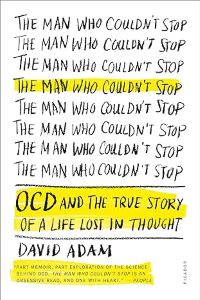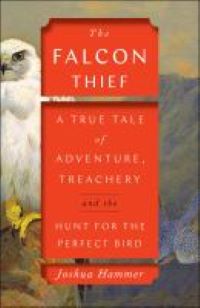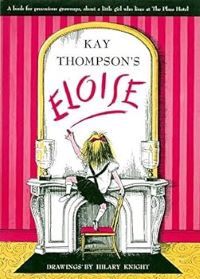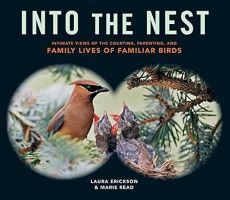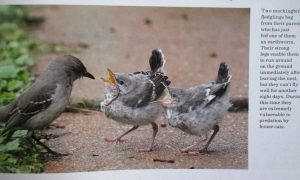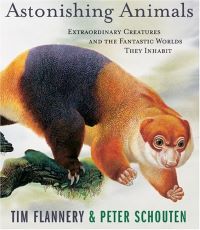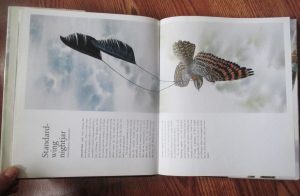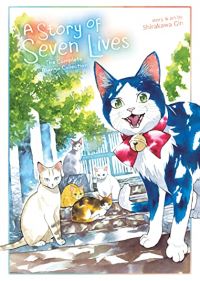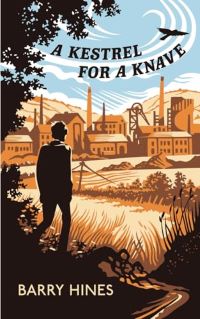There’s thirteen chapters in this book, I’m assuming from the subtitle that it was originally published as a number of smaller volumes. It’s about the lives of stray cats in Tokyo. Particularly, one cat that used to live in a home, beloved by a human, until an accident occurred and he found himself suddenly on the streets, in shock. The alley cats shun him at first for being on the side of humans, but they convince him he was abandoned so he develops a sense of bitterness towards the people he used to love. In spite of that, he has a strange attachment to the ribbon collar on his neck, can’t let it go even though the other cats tease him for it, and try to talk him into getting rid of it. He goes with them to feeding stations, where people in the neighborhood take turns caring for the feral cats. Makes friends with one other young male cat (a faintly marked lynx point siamese- very striking cat) and gets involved with friction between all the others, when the older male who rules the colony shows signs of being ill. (The other ferals are appalled and feel betrayed when near the end of the story, they find out this older male has a young human who thinks fondly of him and gave him a name, which he’d kept secret). Meanwhile, alongside all of this is the story of people involved- a young woman who is taking her turn to feed the strays, even though she hates cats (or is terrified of them, it’s unclear at first). Her younger brother helps- he just adores cats of all kinds. Gradually through some flashbacks and instances of characters explaining their stories to each other, the reader learns why this woman feels so antagonistic towards cats, the tragedy that happened in her life, and how it is intricately linked to our main cat character Nanao. It seems possible the two might make a connection again, and together find a way to make their lives better.
So much in this story I just can’t get into or it might spoil it for someone- about friendship, survival and grief. It moves quickly and is hard to put down. The artwork is very good, the cats look convincing, even elegant and graceful sometimes. Shows a lot about the tough lives that strays lead, the efforts of certain people to help them, and how cruel others can be who don’t want ferals around (warning for a few brief scenes of cats being forcibly caught and threatened harmed by unscrupulous characters). There’s even a few pages in the back describing the work of groups that practice TNR (trap, neuter, release) to reduce populations of feral cats. And an odd little short which shows the main cat Nanao and his lynx point friend Machi, getting turned into humans by an older cat who casts a spell on them. It was awkward and funny and strange, the only instance in the book where magic was suggested.
I did think the very close connection Nanao had to his first owner seemed stronger than you’d expect for a cat- the part when he tried to run after a vehicle his owner was in, seemed a lot more like how a dog would behave. But all the other parts showing his affection for his one person, were just endearing, the behavior of the cats felt very real, even though they teased each other, joked, and said things in anger that of course real cats wouldn’t think of. Hints at the very end, that there will be future volumes- I sure hope so, because I’d like to read more of this!
Borrowed from the public library.

